A well-designed e-commerce store is vital for boosting sales and engaging customers in today's digital era. Custom e-commerce web design creates a unique, branded experience that goes beyond templates, with key elements including intuitive navigation, high-quality visuals, and mobile optimization to cater to smartphone users. Best practices focus on simplicity, speed, and interactive features like filters and search bars, while personalized recommendations enhance user satisfaction and loyalty. Integrating robust SEO strategies improves online visibility, and tracking analytics enables data-driven optimizations for continuous improvement. Ultimately, a seamless, engaging e-commerce store design drives conversions and fosters customer relationships.
Custom e-commerce web design is a powerful tool to elevate your online business. In today’s competitive digital landscape, an understanding of why custom design matters is key. This article explores the essential elements of effective e-commerce store design, from user experience and visual branding to mobile optimization and interactive features. By implementing best practices, you can create a seamless shopping journey that drives engagement and boosts sales, ultimately enhancing your store’s online presence and SEO.
Understanding Custom E-commerce Web Design: Why It Matters

In today’s digital landscape, a well-designed e-commerce store is more than just a virtual storefront; it’s a powerful tool for driving sales and fostering customer engagement. Custom e-commerce web design goes beyond a basic template to create a unique, tailored experience that reflects your brand identity. By understanding your target audience and their behaviors, designers can craft an intuitive navigation system, optimized product displays, and seamless checkout processes, ensuring a frictionless shopping journey.
This personalized approach is crucial in a competitive market where user experience can make or break a business. A custom design can highlight your brand’s personality, build trust with customers, and increase conversion rates significantly. It allows for the integration of specific marketing strategies, unique selling propositions, and visual aesthetics that set your online store apart from competitors, contributing to long-term success in the e-commerce space.
Key Elements of Effective E-commerce Store Design

An effective e-commerce store design goes beyond a visually appealing interface; it’s a strategic blend of aesthetics, usability, and conversion optimization tactics. Key elements like intuitive navigation menus, high-quality product images, and detailed descriptions are non-negotiable. Shoppers should be able to effortlessly browse products, compare features, and access relevant information without friction. A clean layout with clear calls-to-action (CTAs) encourages users to convert, whether it’s adding items to a cart or making a purchase.
Moreover, a successful design considers mobile optimization, as most online shopping occurs via smartphones and tablets. Responsive design ensures your e-commerce store adapts seamlessly across devices, enhancing the user experience and boosting sales potential. Incorporating customer reviews, social media feeds, and live chat features also builds trust, reassures shoppers, and fosters a sense of community, ultimately driving conversions and fostering brand loyalty.
User Experience (UX) in E-commerce Design: Best Practices
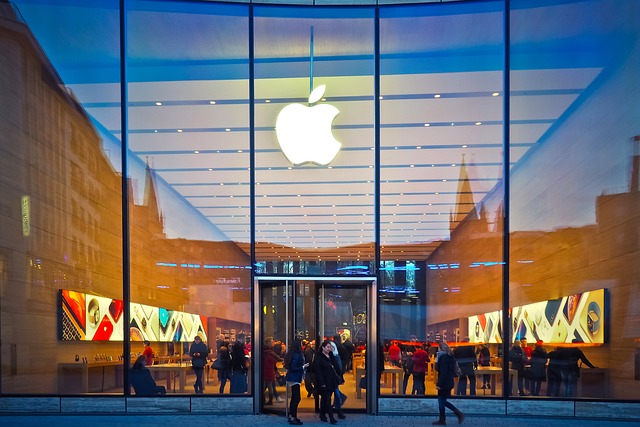
A well-designed e-commerce store is more than just an attractive website; it’s a carefully crafted user experience (UX) that guides customers from initial interest to final purchase. Best practices in UX for e-commerce design prioritize simplicity, intuitiveness, and speed. This means creating a seamless navigation structure, ensuring fast loading times, and implementing clear call-to-action (CTA) buttons. A clean layout with easily scannable product information, high-quality images, and customer reviews builds trust and encourages conversions.
Interactive elements, such as product filters and search bars, enable users to find what they want quickly. Mobile responsiveness is paramount, given the growing number of shoppers using their smartphones. Additionally, personalizing the shopping experience through tailored recommendations based on browsing history enhances UX and increases sales. Remember that an exceptional UX not only improves customer satisfaction but also boosts brand loyalty and fosters repeat business.
Visual Appeal and Branding: Making Your Store Stand Out

In the competitive world of e-commerce, a visually appealing and branded online store is essential to stand out from the crowd. Custom e-commerce web design goes beyond functionality; it’s about creating an experience that captivates your audience and aligns with your brand identity. A well-designed storefront acts as a powerful visual representation of your business, fostering trust and encouraging customer engagement.
Esthetics play a crucial role in drawing in potential buyers and converting them into loyal customers. Incorporating your brand colors, logos, and unique design elements ensures consistency across your website, reinforcing your brand’s recognition. A balanced mix of high-quality visuals, clean layouts, and intuitive navigation creates a seamless user journey, leaving a lasting impression and setting your e-commerce store apart from competitors.
Optimizing for Mobile: The Rise of Mobile Commerce
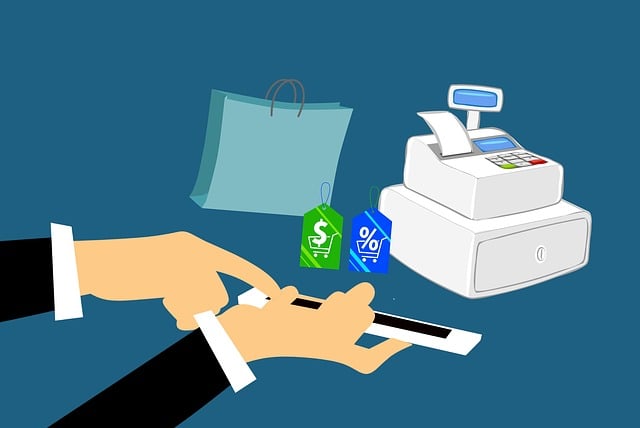
In today’s digital landscape, optimizing for mobile is no longer an option but a necessity for any successful e-commerce store design. With a vast majority of online shoppers now using smartphones and tablets to browse and purchase products, mobile commerce has skyrocketed. This shift demands that e-commerce stores be fully responsive and seamlessly accessible on all devices. A well-designed, mobile-optimized website enhances user experience, encouraging customers to browse, compare, and make purchases easily while on the go.
Custom e-commerce web design plays a pivotal role in this transformation. By incorporating specific features tailored to mobile users, such as accelerated loading times, intuitive navigation, and optimized product displays, online businesses can capitalize on this burgeoning market. These adjustments not only cater to the growing mobile shopping trend but also contribute to higher conversion rates and increased customer satisfaction.
Incorporating Interactive Features for Enhanced Engagement
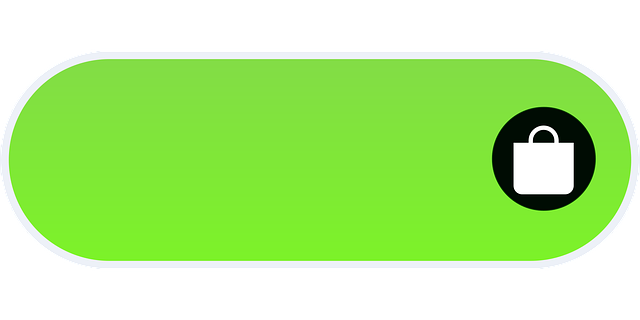
In the realm of modern e-commerce store design, interactive features play a pivotal role in enhancing user engagement and retention. By integrating elements such as product demos, 360-degree views, and interactive guides, website visitors can more profoundly connect with products, fostering a sense of presence and confidence in their purchases. These tools not only provide a richer browsing experience but also help alleviate common concerns like size, fit, or material quality.
Custom e-commerce web design that prioritizes interactivity creates a dynamic digital environment where users are encouraged to explore, engage, and ultimately convert. Through innovative techniques like augmented reality (AR) filters or personalized product recommendations, stores can offer unique and memorable experiences tailored to individual preferences. Such strategic incorporations not only elevate the overall aesthetics of the platform but also strengthen customer relationships by demonstrating an understanding of their needs and desires.
Search Engine Optimization (SEO) Considerations in E-commerce Design
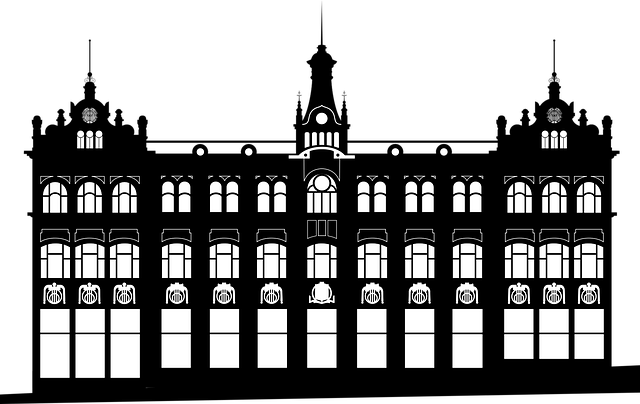
When designing an e-commerce store, Search Engine Optimization (SEO) is a critical component that often gets overlooked. Effective SEO strategies ensure your online shop isn’t just visible to customers but also ranks high in search engine results, attracting more organic traffic. A well-optimized e-commerce site starts with user-friendly URLs and clear, descriptive product titles and descriptions, incorporating relevant keywords naturally.
Images play a significant role, too; optimizing them with alt tags and ensuring they load quickly can boost SEO performance. Additionally, a mobile-responsive design is essential as search engines favor websites accessible across various devices. Proper internal linking structures, fast page loading times, and secure HTTPS protocols are also vital for enhancing your e-commerce store’s visibility and credibility in the digital marketplace.
Measuring Success: Analytics and Performance Metrics
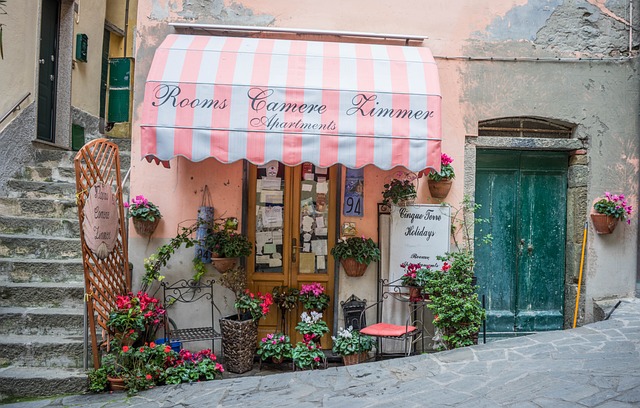
Measuring success is an integral part of any e-commerce venture, and a well-designed website plays a pivotal role in achieving desired outcomes. By integrating robust analytics tools, business owners can gain valuable insights into customer behavior, product performance, and overall website efficiency. These insights enable data-driven decisions, allowing for continuous improvement and optimization of the ecommerce store design.
Key performance metrics include conversion rates, bounce rates, time spent on site, and user engagement with specific products or categories. Analyzing these metrics helps identify areas that require enhancement, be it improving product descriptions, streamlining navigation, or implementing targeted marketing campaigns. Effective ecommerce store design should not only attract visitors but also encourage them to explore, convert, and become loyal customers.
